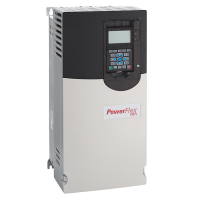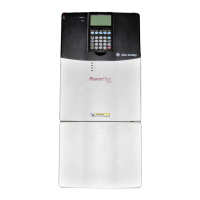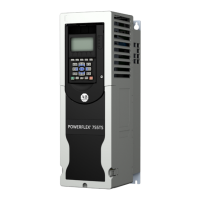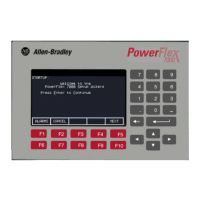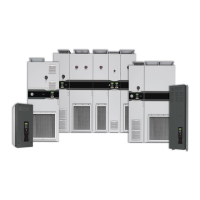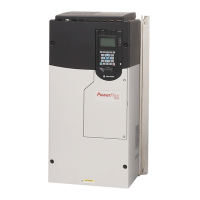Reflected Wave 2-153
Initially, the cable is in a fully charged condition. A transient disturbance
occurs by discharging the cable for approximately 4ms. The propagation
delay between the inverter terminals and motor terminals is approximately
1ms. The small time between pulses of 4ms does not provide sufficient time
to allow the decay of the cable transient. Thus, the second pulse arrives at a
point in the motor terminal voltage's natural response and excites a motor
over-voltage transient greater than 2 pu. The amplitude of the double pulsed
motor over-voltage is determined by a number of variables. These include
the damping characteristics of the cable, bus voltage, and the time between
pulses, the carrier frequency, modulation technique, and duty cycle.
The plot below shows the per unit motor overvoltage as a function of cable
length. This is for no correction versus the modulation correction code for
varied lengths of #12 AWG cable to 600 feet for 4 and 8 kHz carrier
frequencies. The output line-to-line voltage was measured at the motor
terminals in 100 feet increments.
Without the correction, the overvoltage increases to unsafe levels with
increasing cable length for both carrier frequencies.
The patented modulation correction code reduces the overvoltage for both
carrier frequencies and maintains a relatively flat overvoltage level for
increasing cable lengths beyond 300 feet.
To determine the maximum recommended motor cable lengths for a
particular drive refer to Cable, Motor Lengths
on page 2-51.
Refer to: www.ab.com/drives/techpapers/menu for detailed technical papers.
No Correction vs Correction Method at 4 kHz and 8 kHz Carrier
Frequencies - Vbus = 650, fe = 60 Hz
Cable Length (Feet)
per Unit Vout/Vbus
1.6
1.7
1.8
1.9
2
2.1
2.2
2.3
2.4
2.5
2.6
1000 200 400 600300 500
No Correction 4 kHz Carrier
Corrected 4 kHz Carrier
No Correction 8 kHz Carrier
Corrected 8 kHz Carrier
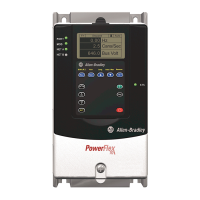
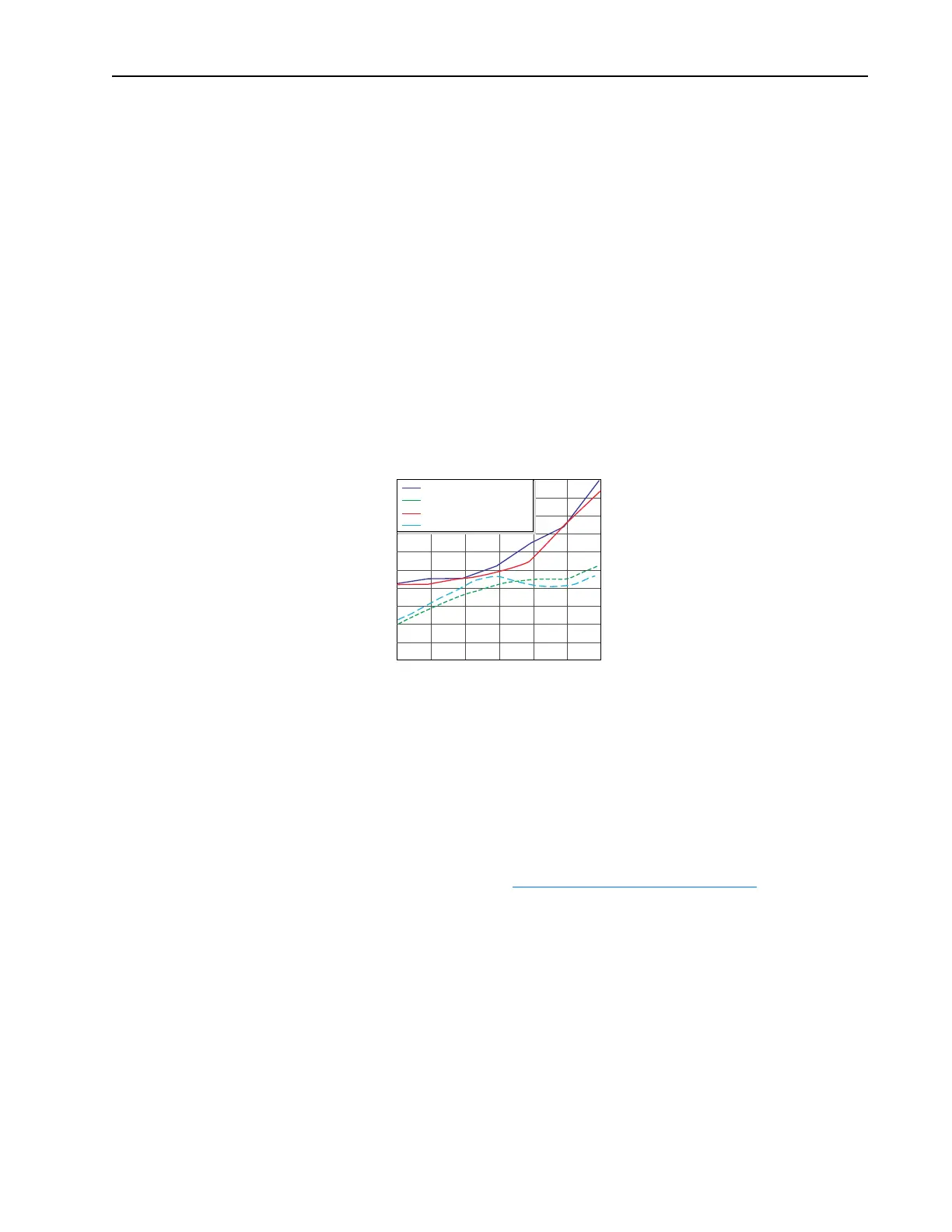